Opposition military forces in the Democratic Republic of Congo have taken control of a major city and announced an advance on the capital Kinshasa, amid fears of wider conflict.
Hospitals in the eastern city of Goma in the Democratic Republic of Congo (DRC) are seriously overloaded, amid ongoing fighting between the M23 opposition military force and government troops, the AP news agency reported on February 3. Since the M23 attacked Goma on January 26 and took control of the city of 2 million people the following day, more than 770 people have been killed and nearly 3,000 injured. Unlike in 2012 when they controlled Goma for about a week and then retreated, the M23 has now announced it will advance on the capital Kinshasa with the intention of controlling this Central African country.
Prolonged conflict
The conflict in the Democratic Republic of Congo stems from ethnic conflicts, with the M23 defending the rights of the Tutsi and considered the strongest of more than 100 armed opposition groups in the country. The UN estimates that the M23 has more than 8,000 members in areas of North Kivu province near the borders with Rwanda and Uganda.
M23 is named after March 23, 2009, when the Tutsi opposition group, the National Congress for the Defense of the People (CNDP), signed an agreement to end fighting with the government of the Democratic Republic of Congo. M23 was formed in 2012, after the CNDP accused the government of failing to implement the terms of the agreement, such as including Tutsis in the armed forces, protecting minorities, and allocating resources, according to The Guardian . The Democratic Republic of Congo has large reserves of rare earth metals and minerals commonly used in the technology sector. The US Department of Commerce estimates that the Democratic Republic of Congo has mineral reserves such as copper, cobalt, lithium, gold, etc. worth $24,000 billion, and that they are largely untapped.
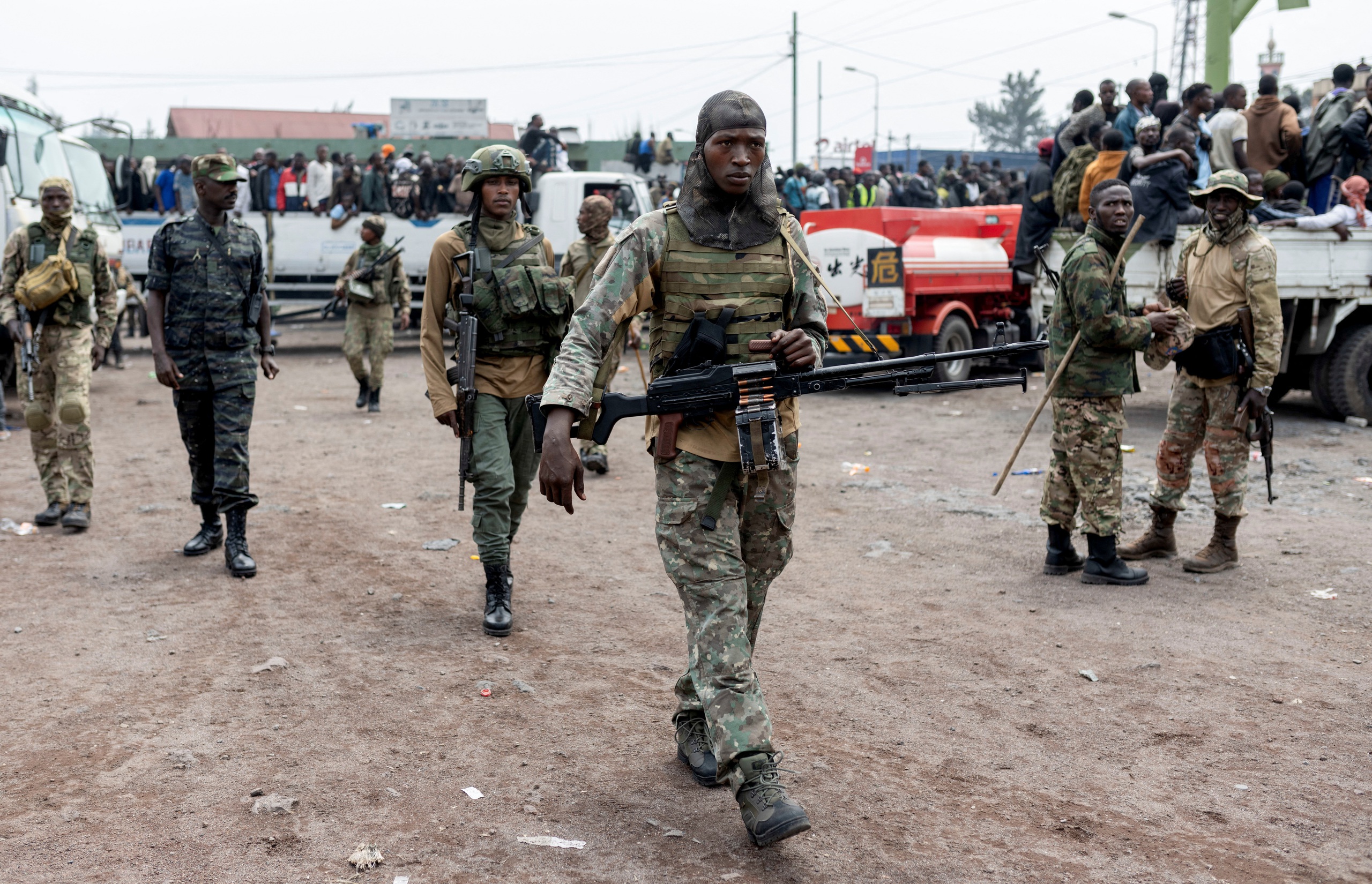
M23 members recruit more forces in Goma City (DR Congo) on January 30.
After a conflict that lasted until 2022, M23 attacked government troops in North Kivu province. The ensuing conflict led to M23 taking control of the towns of Rubaya Katale, Masisi, Minova and Sake, before attacking Goma last week.
Risk of spreading
The UN, the Democratic Republic of Congo, the United States and many other countries have accused Rwanda of supporting M23 in the conflicts in the Democratic Republic of Congo, although Rwanda denies this. UN experts believe that about 4,000 Rwandan soldiers are supporting M23. Meanwhile, allies, including Burundi, are supporting the Democratic Republic of Congo against M23. According to Reuters, the involvement of many parties in the conflict has led to concerns that fighting will spread to the region, as happened in the First Congo War (1996-1997) and the Second Congo War (1998-2003).
Rwanda is being unfairly blamed for the crisis in the Democratic Republic of Congo, which is the result of "internal management failures and threats against Rwandan leaders, for which the government of the Democratic Republic of Congo should be held accountable," said Stephanie Nyombayire, spokeswoman for the Office of the President of Rwanda, on February 2. After M23 took control of Goma, the UN, the US, the UK and France condemned Rwanda for supporting the force. However, unlike in 2012, the countries have not yet put financial pressure on Rwanda to stop supporting M23. Observers say this is related to Rwanda's changing position, as President Paul Kagame is increasingly appreciated for raising the country's economic and military status after the 1994 genocide.
While pressing forward on the capital, M23 forces demanded that the government of the Democratic Republic of Congo engage in direct dialogue. The New Times on February 2 quoted M23 spokesman Lawrence Kanyuka calling on the government to dialogue on "the root causes of the conflict and establish lasting peace for the country". However, the government of the Democratic Republic of Congo refused to have direct dialogue, saying that M23 is a terrorist organization.
The Democratic Republic of the Congo is located in Central Africa. It is the second largest country in Africa, bordering the Central African Republic and South Sudan to the north, Uganda, Rwanda, Burundi, Tanzania to the east, Zambia and Angola to the south, and the Republic of the Congo to the west.
Source: https://thanhnien.vn/tai-sao-xung-dot-kho-luong-o-chdc-congo-185250203230906656.htm








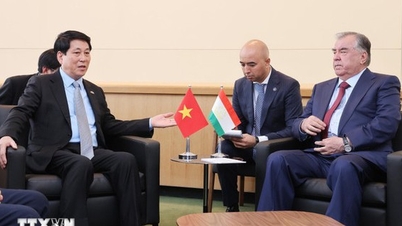

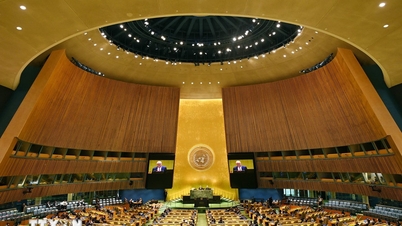

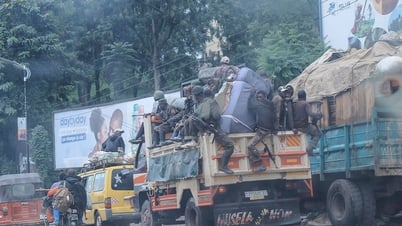
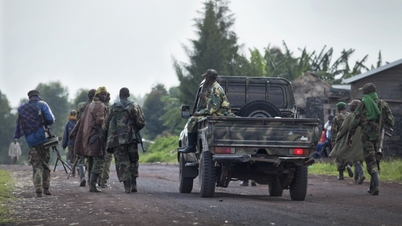





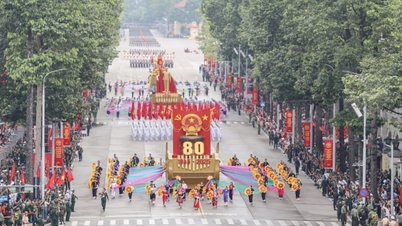
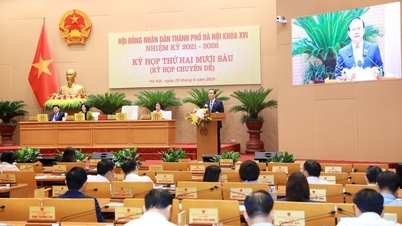
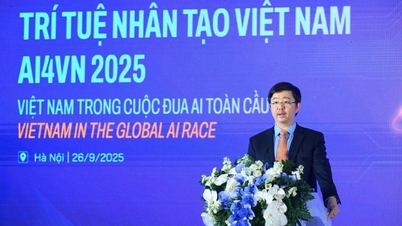
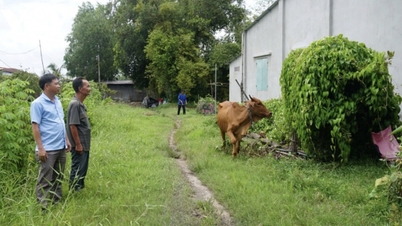






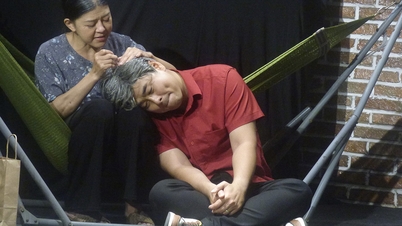
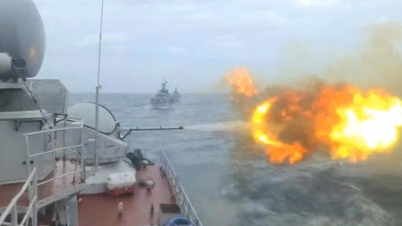
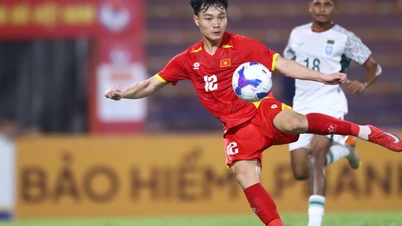
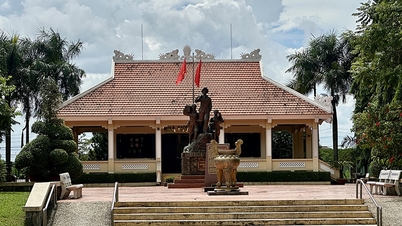
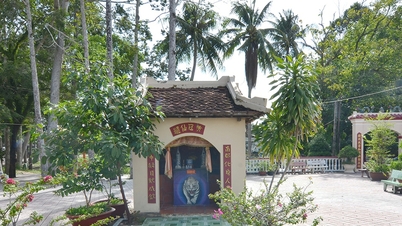
![[Photo] Solemn opening of the 12th Military Party Congress for the 2025-2030 term](https://vphoto.vietnam.vn/thumb/1200x675/vietnam/resource/IMAGE/2025/9/30/2cd383b3130d41a1a4b5ace0d5eb989d)
![[Photo] Panorama of the cable-stayed bridge, the final bottleneck of the Ben Luc-Long Thanh expressway](https://vphoto.vietnam.vn/thumb/1200x675/vietnam/resource/IMAGE/2025/9/30/391fdf21025541d6b2f092e49a17243f)

![[Photo] President Luong Cuong receives President of the Cuban National Assembly Esteban Lazo Hernandez](https://vphoto.vietnam.vn/thumb/1200x675/vietnam/resource/IMAGE/2025/9/30/4d38932911c24f6ea1936252bd5427fa)
![[Photo] The 1st Congress of Phu Tho Provincial Party Committee, term 2025-2030](https://vphoto.vietnam.vn/thumb/1200x675/vietnam/resource/IMAGE/2025/9/30/1507da06216649bba8a1ce6251816820)











































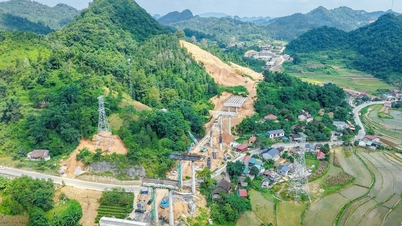

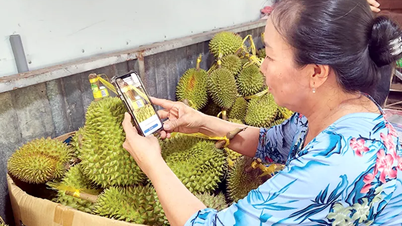


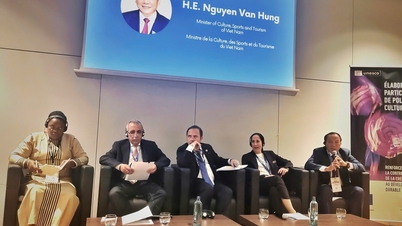

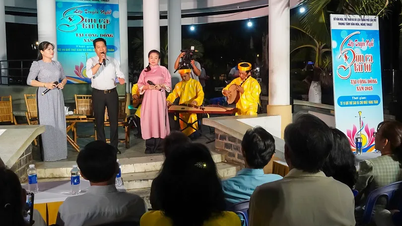
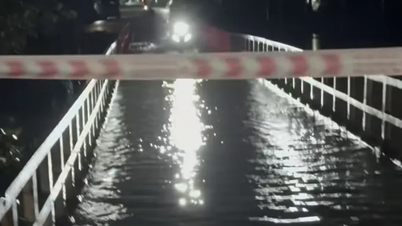












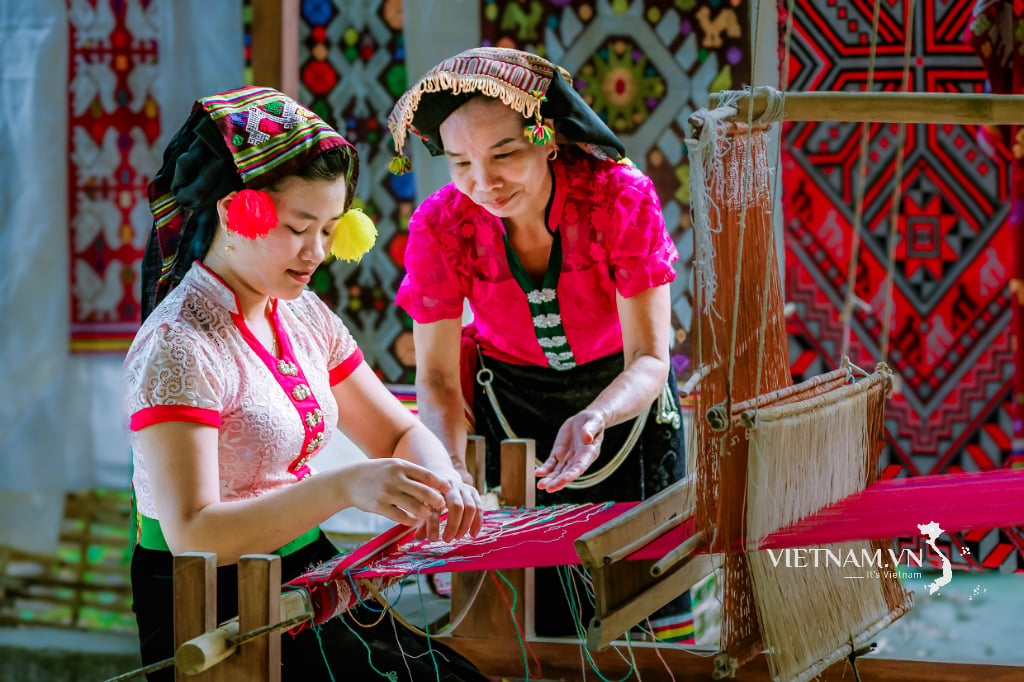
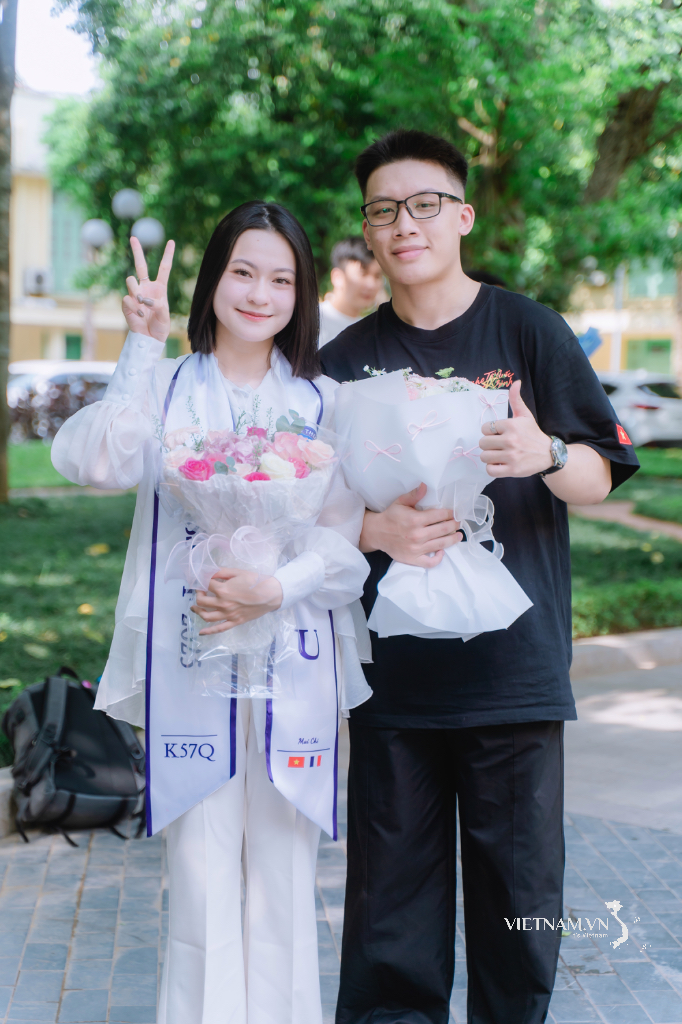

Comment (0)